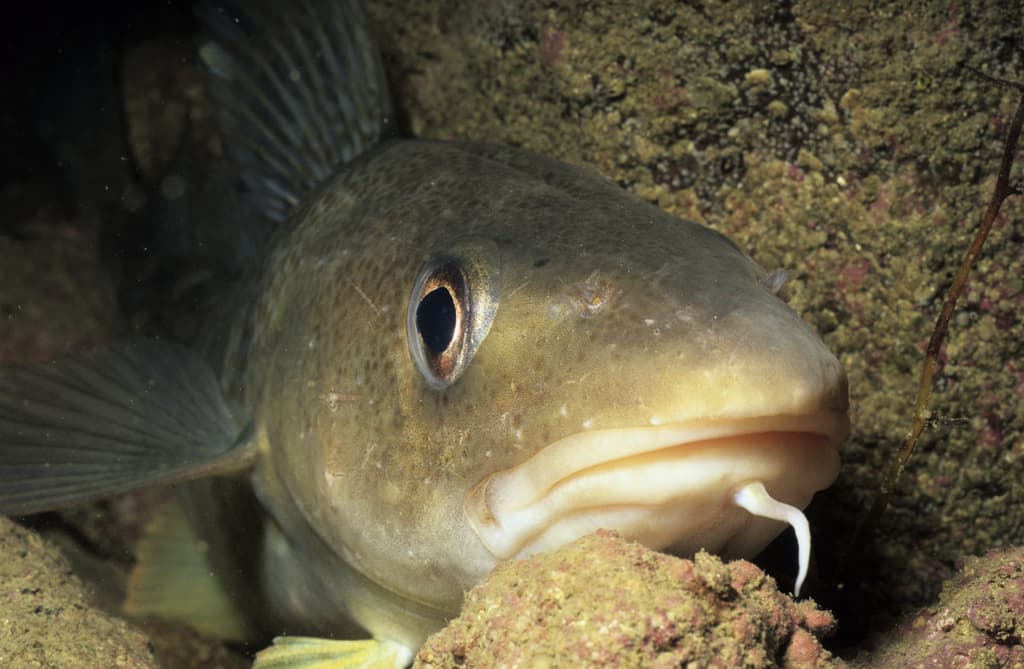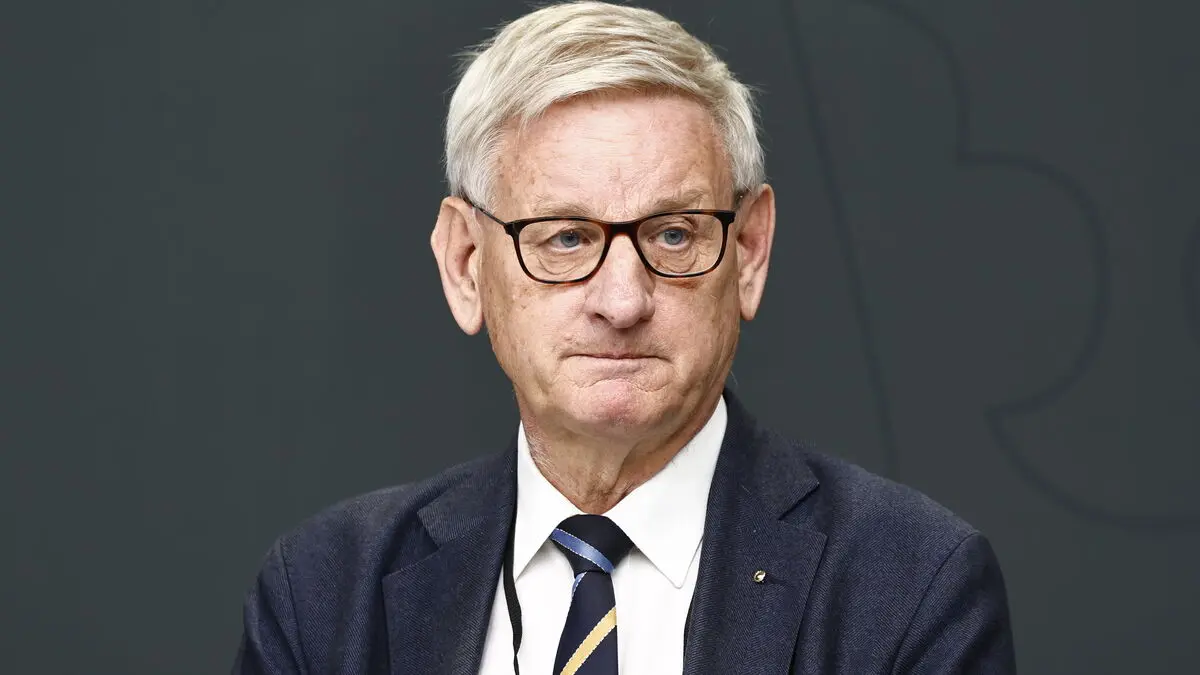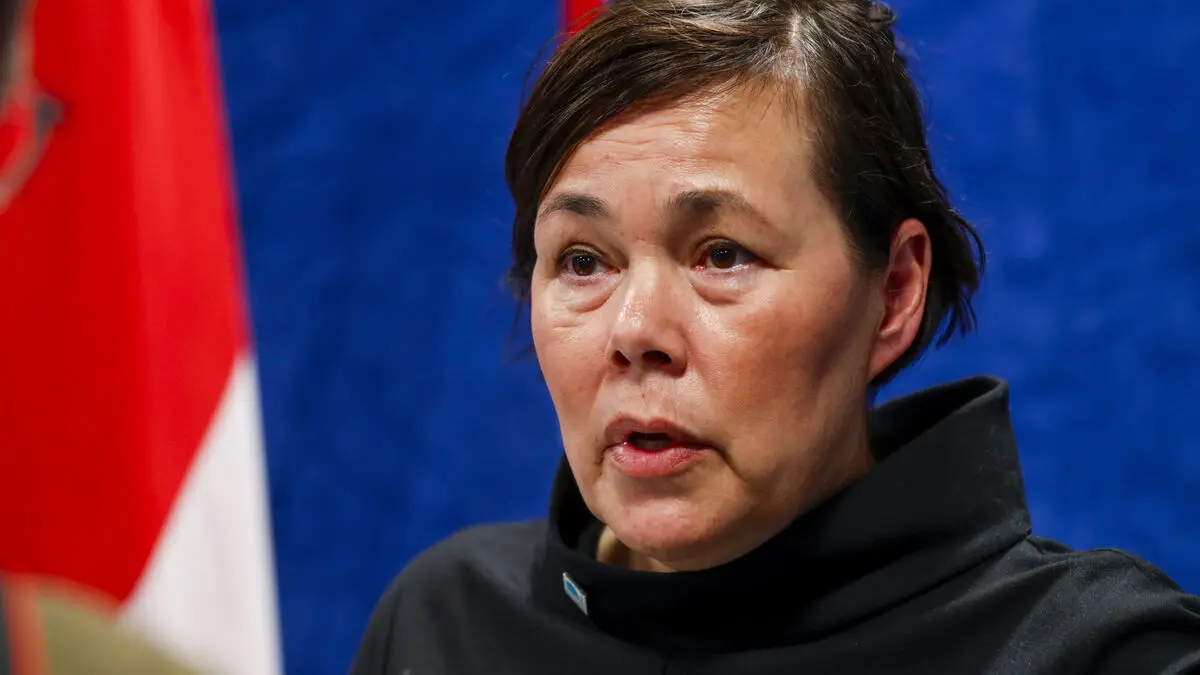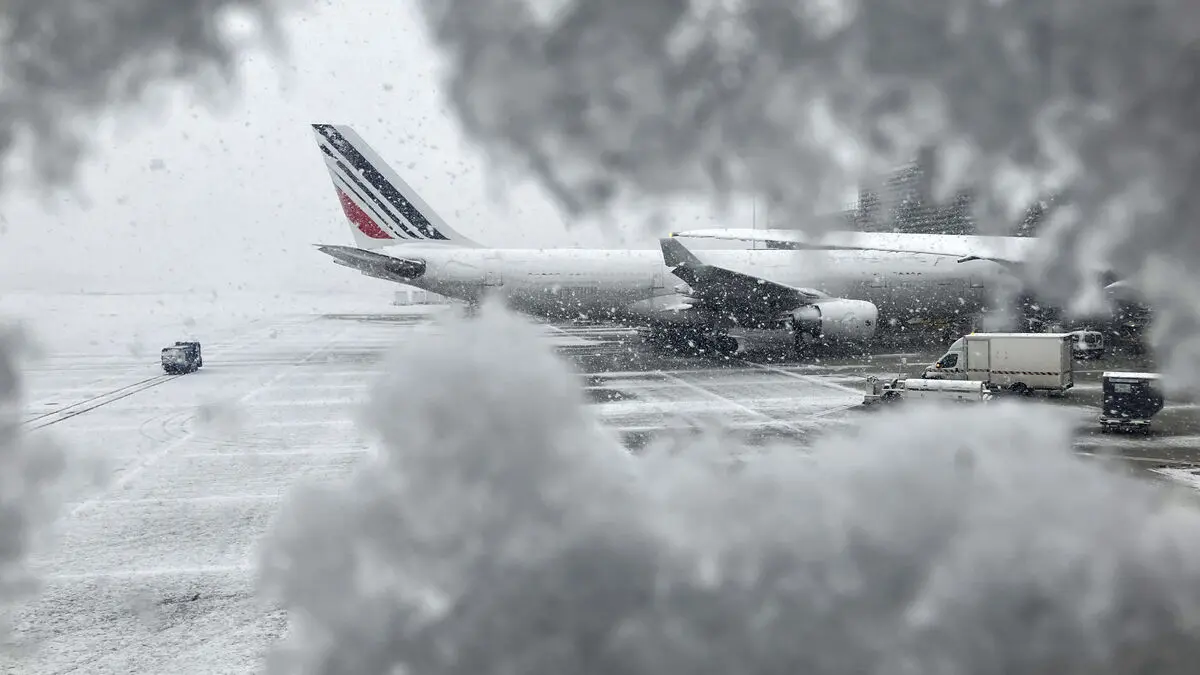The noise level from shipping traffic in the Baltic Sea must be reduced – the noise from the propellers is disturbing the cod's reproduction to such an extent that it is threatened.
The situation for cod in the Baltic Sea is not good. The living environment for the species covers the entire sea area from Öresund up to the Åland Sea, and the noise level is too high throughout the area, says Peter Sigray, researcher at KTH, the Royal Institute of Technology in Stockholm, and one of those who have worked with the maps.
For two years now, there has been an EU decision on so-called threshold values for underwater noise in marine environments. This means that countries must take action to reduce noise levels if the living environments for certain indicator species – a number of fish and marine mammals – are negatively affected.
Reproduction is disturbed
In Sweden, cod is an indicator species for the Baltic Sea. This means that the cod stock must not be exposed to excessively high noise levels.
In September, countries with sea areas will submit reports with maps of the important habitats of the affected species. If more than 20 percent of a species' living environment is exposed to noise levels of 12 or 20 decibels above the natural background noise from waves and other sources, the limit has been exceeded and the noise must be reduced.
Cod is a species that communicates a lot through sound, for example during mating. If the shipping noise is extensive, they are forced to pause their reproduction, he continues.
First and foremost, it is container traffic that is the problem, although all traffic contributes to the noise. It is often very large ships that travel at high speeds, and when the speed exceeds ten knots, the propeller noise becomes too intense for the fish.
We measure the average noise level for each month. You might think it wouldn't make much difference if a ship passes by every now and then, but sometimes they are almost queuing up, says Sigray.
Reduced speed
Sweden will now set clear goals to reduce the decibel level in the long term. The goal should be achievable within ten years. The question is how to achieve it.
There are several possibilities. You can concentrate boat traffic so that it affects a smaller area. You can require reduced speed, you can require shipowners to install a different type of propeller, says Sigray.
He believes that shipowners can accept some of the measures.
Shipowners have indicated that they can accept a lot, as long as the rules are the same for everyone, says Sigray.
Roland Johansson/TT
Facts: Cod
TTTT
Cod (Gadus morhua) is classified as vulnerable on the Swedish Red List. High fishing pressure poses the greatest threat - for a long time, the catch has exceeded the species' reproduction. The reason for overfishing is that fishing is not adapted to cod ecology, i.e., the catch is not adapted to the fact that cod production varies greatly from year to year. A prerequisite for the species to recover is that researchers' advice on catch quotas is followed. Currently, this is not the case, quotas are generally set too high to meet the demands of the fishing industry.
Source: The Species Data Bank






